Orangina
Cannabinoid THC Dominant
THC 12.75 - 7.5%
CBD 0.36 - 0.95%
Effect Aroused
Side Effect Rapid heart beat
Flavor Plum
Orangina Strain
THC
CBD
Potency
Orangina is a 100% Indica strain originally bred by Bluegrass Seeds. This unique plant is created by crossing the Blue Bubblejuice and California Orange marijuana strains. This cannabis variety features a low THC content of 7.5% on average, with some higher estimates that go as high as 12.75%. It lacks much of the harshness offered by more potent varieties, so novice and inexperienced recreational smokers are welcome.
The CBD percentage is approaching 1% in some cuts (0.36-0.95%), and the list of other cannabinoids secreted by the plant is as follows:
- CBD 0.36-0.95%
- CBC 0.09-0.63%
- CBG 0.47-1.33%
- CBN 0.27-0.31%
- THCV 0.36-0.87%
Orangina Strain Main Fragrances and Terpenes
The aromas released by dried flowers of Orangina are appealing to any smoker. It is a combination of plum, blueberry, tea, and lemon scents with a slight chestnut hint. So, upon lighting up this weed, users’ noses will be positively tingling.
The aroma profile is affected by the following terpenes:
- Myrcene, which dominates in the plant
- Borneol, which is a pretty rare chemical
- Ocimene, which is not abundant here though
Typical Effects and Therapeutic Benefits
Since the high produced by this Indica is moderate, it is meant as an introduction to marijuana through its soothing characteristics. The immediate reaction of smokers is temporary arousal and an ability to concentrate. A single dose of Orangina weed strain puts people in an uplifted mood and can induce giggles. This happy experience helps minimize feelings of stress, depression, and anxiety.
Consumers may find themselves lulled into a condition of sedation and tranquility, followed by complete muscle relaxation and subsequent sleepiness. The strain is good for individuals who have insomnia. Also, it is effective in pain management and combating symptoms of PMS and multiple sclerosis.
Mostly, the Orangina strain is a cannabis type with positive results; however, some users may experience side effects. Common reactions may include headaches, rapid heartbeat, and heightened sensory perception.
Orangina Growth Review
Orangina has a moderate level of cultivation difficulty. Due to its predominant Indica inheritance, the plants remain pretty short – 30-60 inches. Indoors, they give lower than average yields of 0.5-1 oz./ft2. They grow well outdoors, producing a harvest of 10-15 oz./plant. The herbs take 53-65 days to finish their flowering stage and are ready to yield 70 days after germination.
Side Effects
Simply let us know how this strain tastes or write a detailed review.
Orangina Strain Cannabinoids
| THC | Tetrahydrocannabinol, or THC, is a major cannabis chemical compound. It is a psychoactive element that stimulates dopamine release and induces euphoria or happiness. THC-rich strains may be helpful with such conditions as lack of appetite, chronic pains , etc. It is considered to be the primary active marijuana component. | 12.75 - 7.5% |
| CBD | Cannabidiol, or CBD, is a major compound in cannabis, which is non-psychoactive. It is also proved to counteract the side effects of the second major component THC. CBD is widely used for medicinal purposes in rubs, oils and so on. It is helpful in muscle pain cases, may treat arthritis and migraines. Even Greeks used it against pain, while Queen Victoria applied it to get rid of menstrual cramps. | 0.36 - 0.95% |
| CBC | Cannabichromene, or CBC, is a minor cannabinoid, meaning that its quantity in cannabis is quite little. Though it has the same origin as CBD and THC, it is different in functions. Without any psychoactive effects, it is an efficient cannabis compound in combating acne and depression. CBC produces analgesic, antibacterial and anti-inflammatory effects. | 0.09 - 0.63% |
| CBG | Cannabigerol, or CBG, is one of the minor cannabis compounds in adult plants. On the other hand, young ones contain a lot of this antibacterial and anti-inflammatory component. During the growth, CBG is converted into different cannabinoids, mostly THC and CBD. The compound itself increases appetite and decreases eye pressure. | 0.47 - 1.33% |
| CBN | Cannabinol, or CBN, is a trace element in cannabis that is considered to be mildly psychoactive. It appears from oxidation THC, exposed to light and heat. CBN is mostly contained in old cannabis and in traditional hashish. It is effective against insomnia, bacterial infections and appetite loss. | 0.31 - 0.27% |
| THCV | Tetrahydrocannabivarin, or THC-V, is a compound contained in cannabis in trace amounts. Even though it is close to THC molecularly, it is different in effects. This compound may be psychoactive only in large amounts. THC-V reduces blood sugar, controls appetite, stimulates bone growth, etc. African Sativa strains are the richest in THC-V. | 0.36 - 0.87% |
Orangina Terpene Profile
| Borneol | Borneol is a terpene with a woody, camphor-like aroma, naturally occurring in ginger, rosemary, camphor, and thyme. Borneol has been used in traditional Chinese medicine for thousands of years as an anti-inflammatory, pain-relieving, and anticoagulant means. Borneol has the distinctive property of boosting the effects of medical drugs. In cannabis, Borneol is one of the most commonly occurring terpenes. | 0.42% |
| Myrcene | Myrcene (also known as β-myrcene) is one of the most common terpenes found in cannabis, representing more than 20% of the modern marijuana terpene profile. Myrcene has a distinct earthy, musky flavor, resembling cloves. It is responsible for calming and soothing effects of weed. Myrcene is also found in hops, thyme, mango, lemongrass, guava melon. | 0.49% |
| Ocimene | Ocimene (derived from the Ancient Greek word Ocimum meaning basil) is a terpene with sweet and herbaceous flavors, also boasting citrusy and woody undertones. Naturally, ocimene occurs in mint, parsley, orchids, hops, kumquats, mangoes, basil, bergamot, lavender, and pepper. Offers antifungal, anti-inflammatory, and antiviral properties. | 0.09% |
| Total terpenes content | 1.00% |
Growing Info
Orangina strain lineage
Similar Strains
THC 18 - 18%
CBD 0.05 - 0.25%
Effect Tingly
Flavor Chemical

THC 20.25 - 22.25%
CBD 0.72 - 0.97%
Effect Giggly
Flavor Sweet
THC 22.99 - 23.01%
CBD 0.49 - 0.74%
Effect Giggly
Flavor Tar
THC 15.5 - 22%
CBD 0.02 - 0.19%
Effect Uplifted
Flavor Pear
THC 17.5 - 25%
CBD 0.34 - 0.82%
Effect Hungry
Flavor Blueberry
THC 11.58 - 15.01%
CBD 0.36 - 1.04%
Effect Calm
Flavor Coffee
THC 18 - 27%
CBD 0.12 - 0.89%
Effect Concentrated
Flavor Earthy
THC 13.5 - 19.5%
CBD 0.53 - 2.64%
Effect Creative
Flavor Woody
THC 18 - 18%
CBD 0.12 - 0.23%
Effect Calm
Flavor Lavender
THC 14.67 - 16.33%
CBD 0.75 - 1.19%
Effect Aroused
Flavor Tropical
THC 9.5 - 11.5%
CBD 0.02 - 0.46%
Effect Uplifted
Flavor Lavender
THC 11.41 - 16.4%
CBD 0.02 - 0.29%
Effect Calm
Flavor Lemon
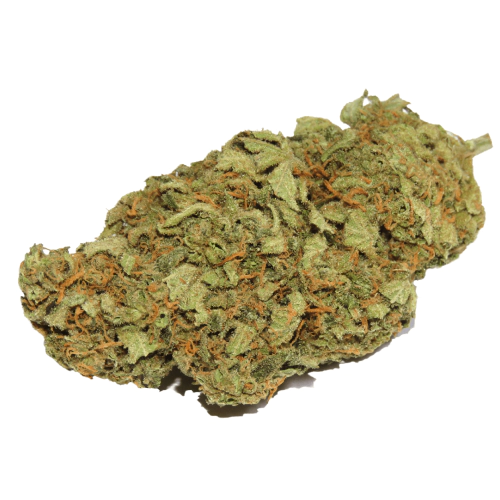

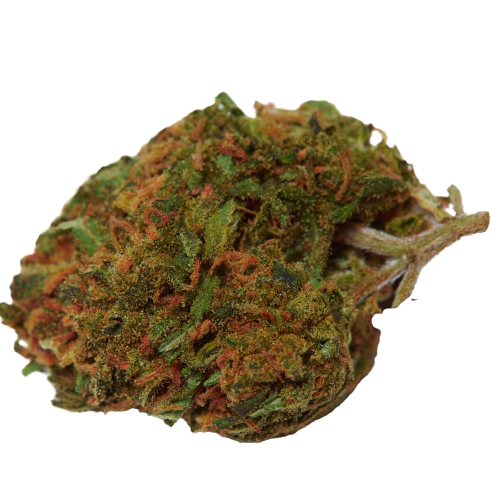

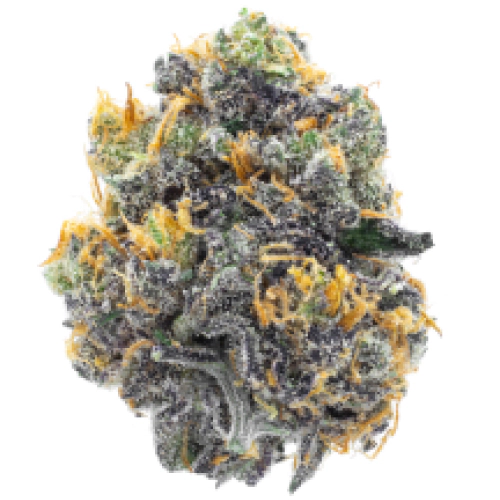



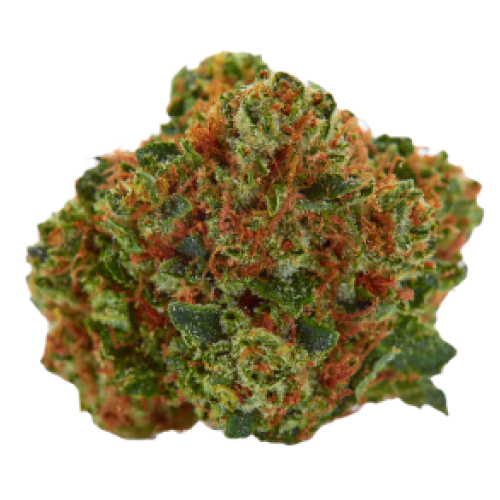


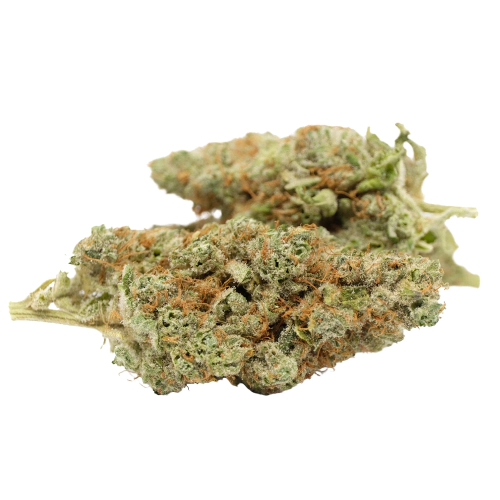
Be the first and share your opinion
Write a Review